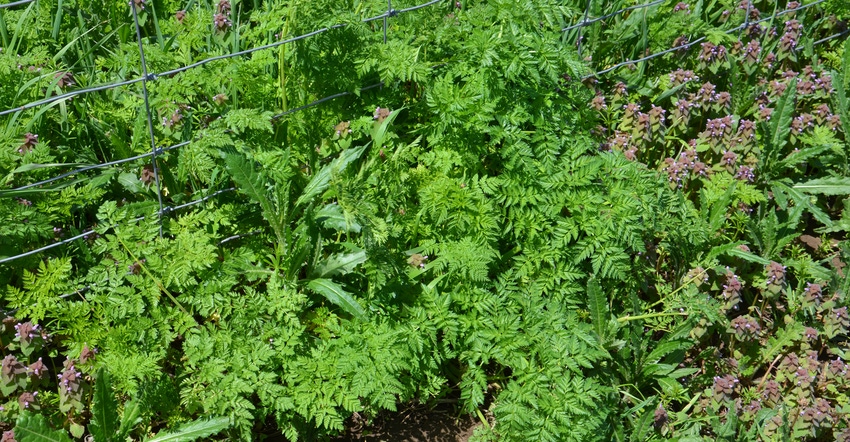
All the information that long-term forecasters look at to make predictions down the road is indicating weather on the warm side. “Everything is pointing toward a warm 2017 for the Midwest and Indiana,” says Ken Scheeringa, associate state climatologist with the Indiana State Climate Office.
That doesn’t mean it will be warmer than normal every day. “There will be periods of cold now and then,” he explains. “But the story is still warm, warm, warm.”
Note that Scheeringa uses the word "warm," not "hot." Especially in long-range forecasts, climatologists can often predict the direction of the trend if there are obvious signs. However, it’s virtually impossible to predict how mild or extreme the trend will be, especially this far in advance.
Why warm prediction
The El Niño-La Niña cycle is one of the major "forcing functions" that controls weather patterns in the Midwest and around the world. It relates to sea surface temperatures in the tropical Pacific Ocean. When temperatures are warmer than normal, it’s an El Niño event. When they are cooler than normal, it’s a La Niña, and when temperatures are neutral, it’s called the neutral or ENSO phase, Scheeringa says.
The temperature variations affect atmospheric pressure, which in turn impacts air circulation patterns aloft. It’s these patterns that can determine weather trends in a specific area of the world.
“The La Niña phase we were in during 2016 ended,” Scheeringa says. “We’re now in an ENSO neutral phase. The longer-range outlook is for an El Niño event to develop in late summer.”
One thing that complicates trying to use these cycles to predict weather patterns is that they typically vary in how long they last. They can also vary in strength, depending on the amount of deviation from normal, up or down, of sea surface temperatures in the Pacific Ocean.
Also, there can be a lag time between when an event begins and when the effects are felt in a particular region, say the Midwest. That’s why it’s not possible to pinpoint exactly when an El Niño event, or warm phase, might start later this year, and more importantly, when it might impact weather patterns.
From December forward
It’s not always possible to predict weather events with great accuracy. It’s easier to look back after they’ve unfolded and understand why weather trends developed as they did.
Scheeringa recently explained the reasons behind the mild, warm winter to a group of farmers at a meeting in Valparaiso. “January and February were unseasonably warm because there just wasn’t much cold air stored up in the Arctic when winter began,” he began.
“The cold air that was in Siberia was used up in the four short Arctic blasts we were hit with here in the Midwest in mid-December of 2016.”
Another contributing factor to a warm winter here was a lack of the refrigerator effect, Scheeringa added. That occurs when snow on the ground keeps the air above it cold. There was a generally little snow cover across Canada this winter, so the refrigerator effect didn’t come into play as much as usual, he concluded.
About the Author(s)
You May Also Like




